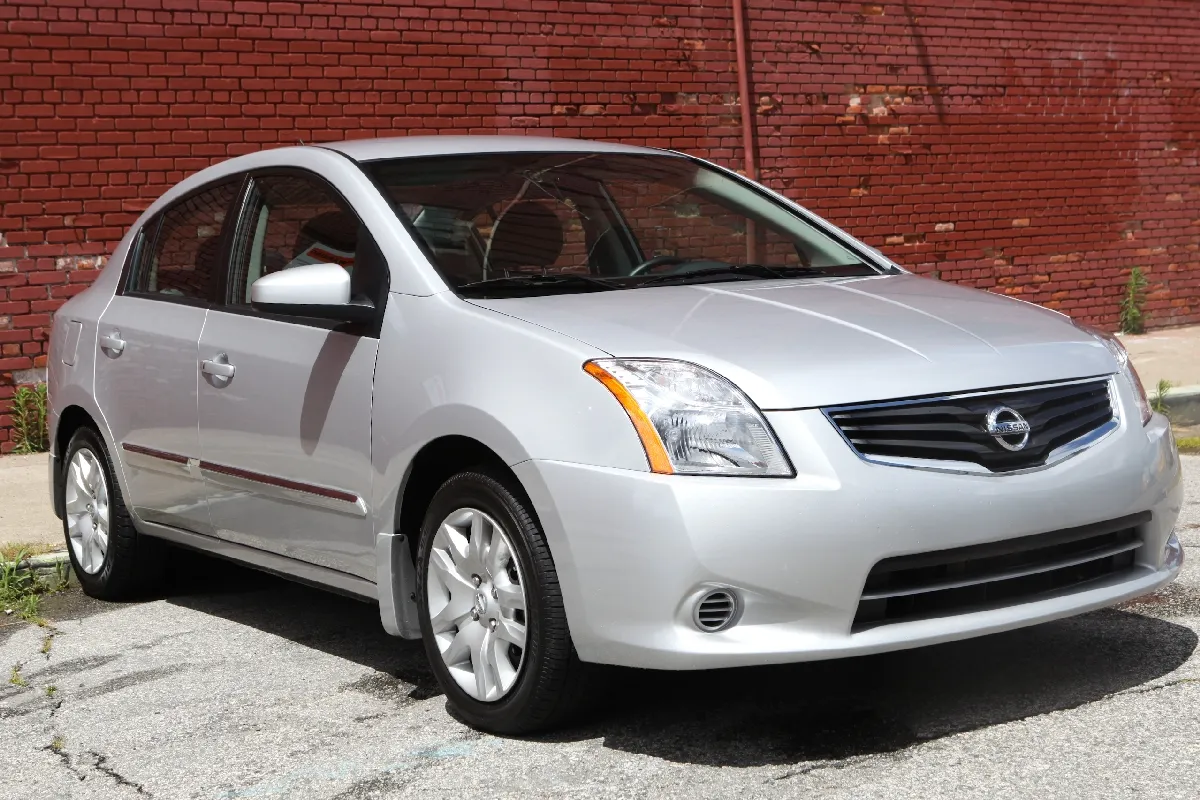Flipping vehicles—buying used cars at a lower price and reselling them at a profit—can be a lucrative endeavor if you know which models to target.
However, not all vehicles hold their value equally, and understanding which cars are likely to yield a profit and which tend to sell at a loss is critical for anyone looking to make money in the used car market.
Some vehicles have strong demand, reliable performance, and a reputation for longevity, which keeps their resale values high.
Others, despite initial popularity, depreciate rapidly due to maintenance costs, outdated technology, or poor reliability records, leading to inevitable losses when reselling.
This article explores two distinct groups: five vehicles that consistently provide good returns when flipped and five that almost always sell at a loss, even if you put in effort to maintain or improve them.
Knowing the difference between these two categories can save you time, money, and frustration.
Whether you’re a seasoned car flipper, a casual seller, or just curious about car values, this guide will help you make informed decisions about which vehicles to invest in and which to avoid in the resale market.
Also Read: 5 Cars That Break Right After Warranty and 5 That Keep Going Forever
5 Vehicles That You Can Flip For Profit
Flipping cars for profit requires more than just luck; it demands careful selection of vehicles with strong market demand, reliability, and overall appeal to buyers.
Certain models consistently outperform others in terms of resale value, meaning they can be purchased at reasonable prices, refreshed or repaired economically, and then sold at a higher price point.
These cars often combine a balance of affordability, practicality, and brand reputation that appeals to a wide range of used car buyers.
When considering vehicles to flip, it’s important to focus on those that hold their value well over time and don’t require exorbitant repair costs. Popular sedans, compact SUVs, and trucks from reputable manufacturers tend to be a safe bet.
Buyers often look for dependable daily drivers with good fuel efficiency and low maintenance needs, which increases the pool of potential customers.
Additionally, vehicles with strong enthusiast followings or unique features can sometimes command premium prices in resale markets.
In this section, we’ll explore five specific vehicles that have proven to be excellent candidates for flipping profitably.
These models consistently show strong demand in the used car market, have manageable upkeep costs, and offer features or reputations that keep buyers interested.
Understanding why these vehicles perform well when flipped will give you valuable insights into the factors that drive profitable car reselling.
Next, I’ll dive into detailed explanations for each of the five vehicles that you can flip for profit, explaining what makes them strong performers and how you can maximize returns by targeting them.
1. Toyota Tacoma
The Toyota Tacoma has long been celebrated as one of the most durable and reliable midsize pickup trucks available, making it a standout choice for anyone looking to flip a vehicle for profit. Its reputation for longevity, off-road capability, and strong resale value makes it highly sought after in the used car market.
One of the key reasons Tacomas hold their value so well is Toyota’s legendary reliability. Many Tacomas routinely surpass 200,000 miles with proper maintenance, which reassures buyers looking for a dependable vehicle that won’t break the bank in repairs.
The truck’s rugged construction and proven powertrains, especially the 4-cylinder and V6 engines, further bolster its appeal. Because these trucks maintain their condition well over time, sellers can confidently price them higher than competing pickups with less consistent track records.
Another factor driving the Tacoma’s strong resale is the enthusiastic community of off-road and outdoor enthusiasts who prize the TRD (Toyota Racing Development) Off-Road and TRD Pro trims.
These models come equipped with factory-tuned suspensions, skid plates, and other enhancements that appeal to buyers wanting a capable adventure vehicle. Limited editions and well-maintained versions of these trims often command a premium in the resale market.
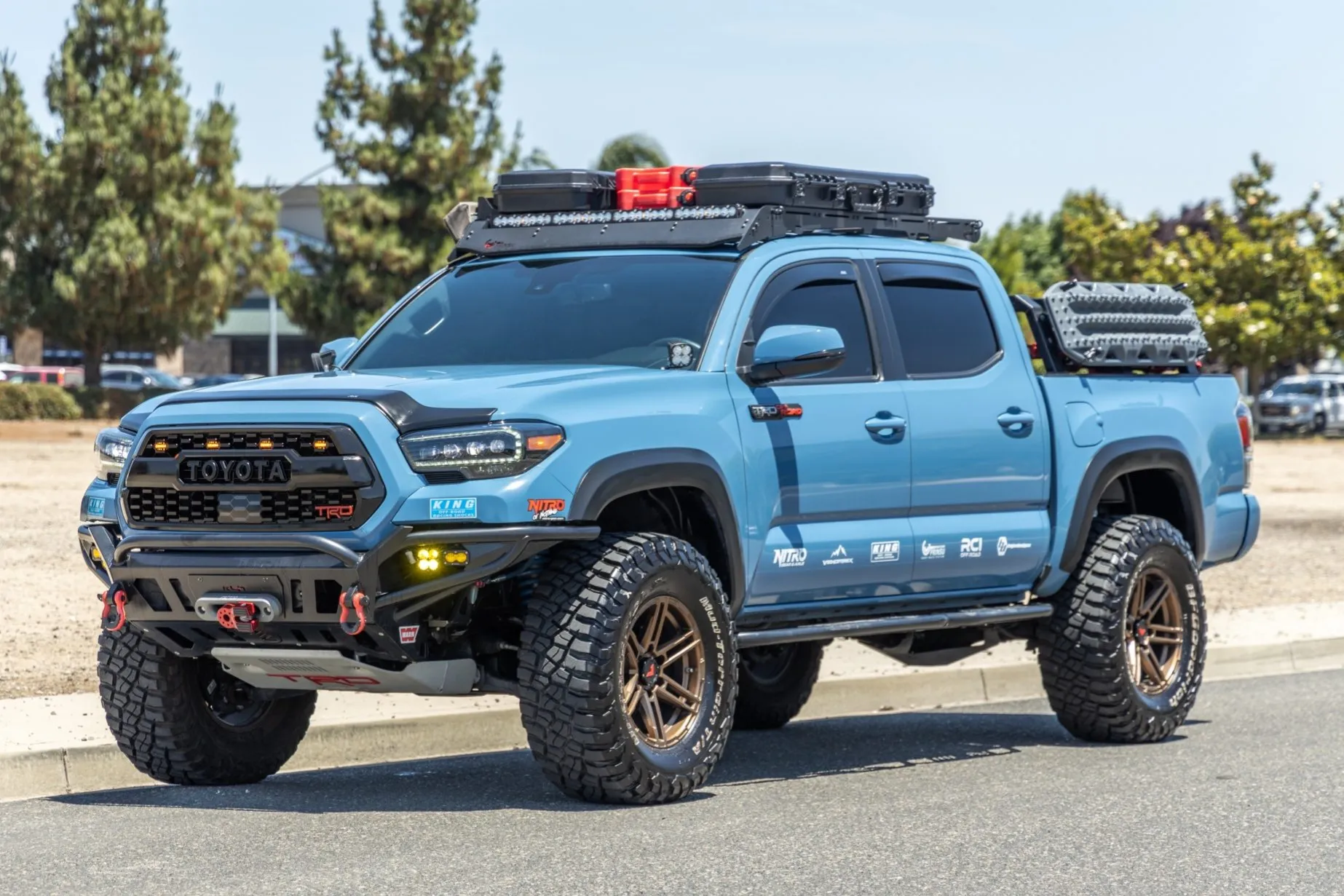
Tacomas also perform well across different regions and climates, from urban environments to mountainous and snowy areas. The availability of four-wheel drive on many models further increases demand. This broad appeal means you can often sell a Tacoma quickly, even if you bought it at a competitive price.
In terms of maintenance costs, the Tacoma tends to be affordable compared to other trucks. Parts are widely available, and many repairs are straightforward, which keeps operating costs reasonable for owners. This lowers barriers to resale, as potential buyers don’t expect expensive fixes soon after purchase.
In summary, the Toyota Tacoma is a solid vehicle to flip for profit due to its combination of legendary reliability, strong resale demand, and manageable upkeep costs.
If you can find a Tacoma at a good price—especially a well-maintained or desirable trim—it’s highly likely you can turn a nice profit by reselling it in today’s used truck market.
2. Honda Civic
The Honda Civic is one of the most popular compact cars worldwide and a prime candidate for flipping due to its combination of affordability, reliability, and broad buyer appeal.
Since its debut, the Civic has built a reputation for being economical to own, easy to maintain, and fun to drive, which keeps demand high in the used car market.
One of the biggest reasons the Civic holds value well is its consistent reliability. Honda engines and transmissions are known for their longevity, with many Civics reaching well over 200,000 miles without major issues if properly maintained.
This reliability factor attracts buyers who want a dependable daily driver with low ownership costs, making the Civic a safe bet for resale.
The Civic’s fuel efficiency is another major draw, especially during times of fluctuating gas prices. Many buyers—students, commuters, and young professionals—are attracted to the Civic because it offers excellent miles per gallon in a stylish, compact package.
This broad demographic increases the pool of potential buyers, which translates into faster sales and better pricing when flipping.
When flipping a Civic, it’s also important to note the availability of affordable aftermarket parts and a large community of enthusiasts.
This means that minor repairs and cosmetic upgrades can be done without breaking the bank, improving the vehicle’s resale value with relatively low investment. Popular trims like the EX, LX, or sportier Si versions tend to command higher prices due to additional features and performance upgrades.
Additionally, the Civic’s timeless design and Honda’s strong brand reputation help maintain its desirability even as newer models enter the market. Because of this, you can usually find Civics at reasonable prices in the used market, and when you resell, you can expect a solid return on your investment.

In conclusion, the Honda Civic is an excellent vehicle for flipping profitably because it checks many boxes: strong reliability, excellent fuel economy, a wide buyer base, and affordable maintenance. If you’re looking for a compact car that sells quickly and for good money, the Civic should be near the top of your list.
3. Jeep Wrangler
The Jeep Wrangler stands out as a unique and iconic vehicle in the SUV market, well-known for its off-road prowess, rugged styling, and cult-like following.
This reputation has translated into consistently strong resale values, making the Wrangler a top choice for flipping if you can find a good deal.
Wranglers hold value better than many other SUVs because of their niche appeal. Unlike typical family SUVs, Wranglers attract buyers who want a versatile vehicle capable of tackling off-road trails, beach drives, and outdoor adventures.
This unique market demand allows sellers to price their Wranglers higher than comparable SUVs that don’t have the same cachet.
Another reason for the Wrangler’s value retention is its durability. The body-on-frame construction and simple mechanical design contribute to longevity and easier repairs.
While some parts may be more specialized and occasionally pricier, the Wrangler’s overall reliability and ruggedness mean it tends to avoid the major mechanical failures that can tank resale prices on other SUVs.
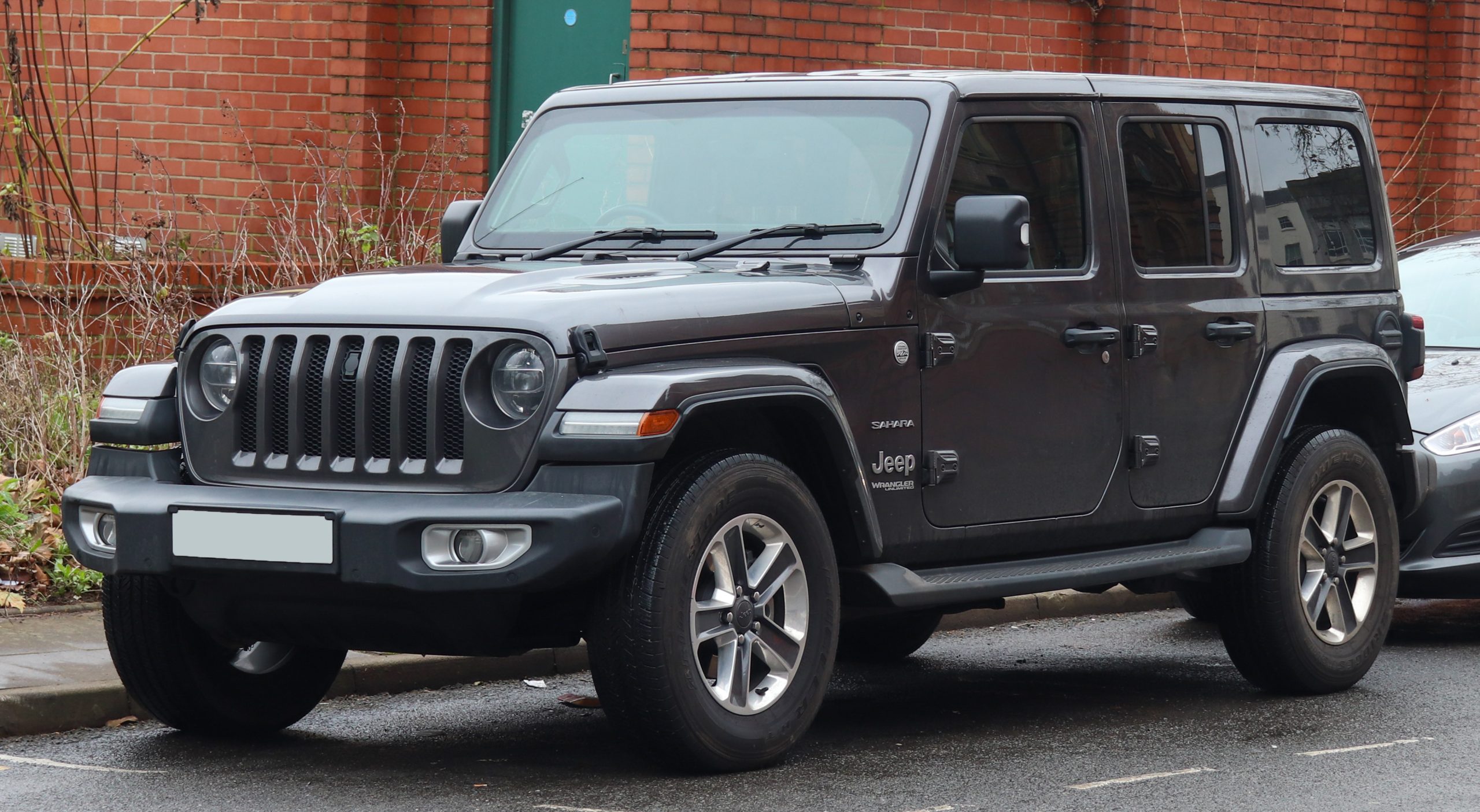
Special editions like the Rubicon, Sahara, or Mojave trims feature upgraded suspensions, better off-road gear, and more creature comforts, increasing their desirability and resale price.
Limited editions and models with aftermarket modifications—if done tastefully—can also command a premium, especially within enthusiast circles.
Wranglers maintain strong resale values across geographic regions but especially in areas where off-roading is popular or where harsh weather makes 4WD essential. Buyers are willing to pay more for models with 4WD and low mileage.
This combination of demand and reliability makes it possible to find Wranglers at reasonable prices and sell them quickly at a profit.
While Wranglers may sometimes need cosmetic repairs due to their outdoor use, many buyers appreciate the rugged, used look as part of the vehicle’s character. This can save you money on reconditioning costs.
In summary, the Jeep Wrangler is a fantastic vehicle to flip because of its loyal fanbase, proven reliability, and consistent demand in the used market.
If you can find a well-maintained Wrangler or a desirable trim at a competitive price, it’s highly likely to yield a solid return on resale.
4. Subaru Outback
The Subaru Outback is a highly popular crossover wagon that blends the utility of an SUV with the driving dynamics of a car, making it a favorite among buyers seeking versatility and all-weather capability.
Its consistent demand in the used vehicle market makes it a solid choice for anyone looking to flip a car for profit.
One of the key reasons the Outback holds value well is Subaru’s signature all-wheel-drive system, which comes standard on most models.
This feature makes the Outback especially appealing in regions with snowy winters, rainy climates, or rugged terrain, broadening its buyer base significantly. The all-wheel drive offers peace of mind to buyers who prioritize safety and traction, which helps keep resale prices high.
Subarus also have a reputation for reliability when properly maintained, and the Outback is no exception. The boxer engine design offers smooth power delivery and good fuel economy, appealing to drivers who want a practical daily driver with a bit of adventure-ready capability.
While some Subaru models have been known for head gasket issues in older generations, recent models have improved significantly, reducing costly repairs and bolstering resale confidence.
The Outback’s spacious interior, comfortable ride, and extensive cargo capacity make it attractive to families, outdoor enthusiasts, and commuters alike.
Features such as advanced safety technology (EyeSight Driver Assist, adaptive cruise control, lane-keeping assist) in newer models also enhance its appeal and value in the resale market.
When flipping an Outback, focusing on mid-to-late model years with low to moderate mileage and clean maintenance records can ensure faster sales at better prices.

Cosmetic improvements like detailing, minor dent repair, and updating worn interior elements can boost the vehicle’s market value without large investment.
Overall, the Subaru Outback’s blend of practicality, AWD capability, and brand loyalty keep it in high demand, making it a reliable vehicle to flip for profit.
Its consistent value retention and wide appeal to a variety of buyers mean that investing in a well-maintained Outback can result in a rewarding return on investment.
5. Ford F-150
The Ford F-150 is the best-selling vehicle in the United States and a staple in the full-size pickup truck segment. Its legendary status, wide range of trims, and proven performance make it a top contender for flipping vehicles profitably.
Buyers across many industries and lifestyles consistently seek out well-maintained F-150s, which keeps demand—and resale value—high.
One of the main reasons the F-150 holds its value so well is its reputation for durability and versatility. It can serve as a work truck for contractors, a family hauler for suburban drivers, or a powerful towing vehicle for outdoor enthusiasts.
This broad appeal expands the buyer pool significantly. The availability of various engine options, including efficient EcoBoost V6s and robust V8s, allows buyers to find models suited to their specific needs, which further supports resale demand.
The F-150’s construction focuses on toughness and longevity. With its high-strength steel frame and rugged design, the truck can handle heavy use and rough terrain without significant mechanical issues if properly maintained.
Ford’s continuous improvements in technology and comfort features also keep newer models competitive with luxury SUVs, adding to their desirability on the used market.
When flipping an F-150, prioritizing trucks with clean maintenance histories and moderate mileage is key.
Popular trims like the XLT, Lariat, and Raptor often command higher prices due to upgraded features and performance enhancements. Trucks equipped with four-wheel drive and towing packages tend to attract premium offers as well.
The resale market for the F-150 remains strong in both urban and rural areas, making it easier to find buyers willing to pay good prices.
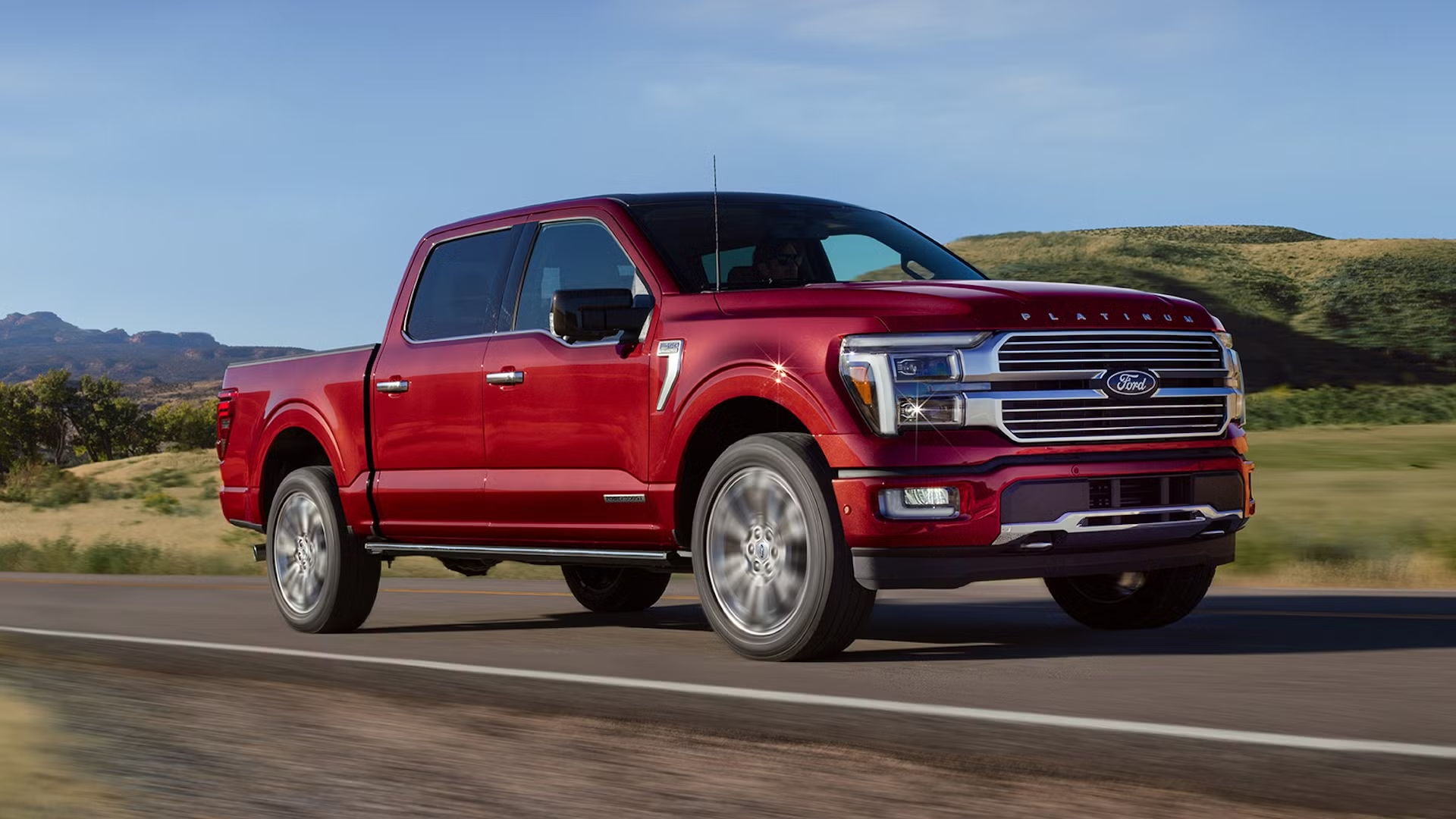
While maintenance and repair costs can vary depending on engine choice and truck use, the overall ownership cost is reasonable compared to competitor pickups, which keeps buyers confident.
In summary, the Ford F-150’s unmatched popularity, proven durability, and wide appeal make it an excellent vehicle to flip for profit.
If you can acquire one in good condition at a reasonable price, chances are high that you’ll secure a quick sale with a healthy return on your investment.
5 Vehicles That Always Sell At A Loss
While flipping vehicles can be a lucrative endeavor, not every car is a good investment. Some vehicles consistently lose value or are difficult to resell without taking a financial hit. Understanding which cars fall into this category can save buyers and flippers from costly mistakes.
Several factors contribute to a vehicle’s poor resale prospects. High maintenance and repair costs, frequent mechanical issues, poor reliability ratings, and low consumer demand all play major roles.
Some models suffer from design flaws, outdated technology, or brand perception issues that make them less appealing in the used market. Additionally, cars with limited appeal due to size, style, or fuel economy often struggle to hold value.
Vehicles that depreciate rapidly or sell below market expectations often require heavy price discounts to move quickly, which cuts into potential profits or leads to outright losses.
For flippers especially, these cars represent a risky gamble because the cost of repairs and reconditioning can exceed the resale price. Moreover, some vehicles carry a stigma—whether due to recalls, known engine problems, or poor safety ratings—that can turn buyers away.
This section highlights five vehicles that frequently sell at a loss for these reasons. While they may have some strengths or appeal to niche markets, their overall depreciation trends and repair costs make them less ideal candidates for resale profit.
By recognizing these red flags early, flippers can avoid costly investments and focus on vehicles with better returns.
In the following detailed profiles, we’ll explore the reasons behind each vehicle’s value decline, typical maintenance challenges, and market demand issues.
This insight will equip you with the knowledge to make smarter buying and selling decisions, steering clear of vehicles that tend to drain your wallet instead of filling it.
1. Fiat 500
The Fiat 500, while charming and stylish, is notorious for its rapid depreciation and generally poor resale value.
Despite its appeal as a compact city car with retro styling, it is one of the vehicles that consistently sells at a loss, making it a risky choice for anyone hoping to flip for profit.
One of the main factors driving the Fiat 500’s poor resale value is its reliability record. Many owners report frequent mechanical issues such as transmission problems, electrical gremlins, and engine malfunctions that can become expensive to repair.
The cost and frequency of these repairs deter potential buyers in the used market, forcing sellers to significantly lower asking prices to attract interest.
Another issue is the car’s limited practicality. The Fiat 500’s small interior space and minimal cargo capacity make it less appealing to a broad range of buyers, especially families or those who require more utility from their vehicle.
Additionally, the rear seats are cramped, and the overall comfort is not competitive compared to other subcompact cars, further reducing its desirability.

Fuel efficiency and maneuverability are positive aspects, especially for city driving, but they often aren’t enough to overcome concerns about long-term ownership costs.
Buyers looking for reliable daily drivers usually gravitate toward alternatives with better reputations and lower maintenance costs, such as the Honda Fit or Toyota Yaris.
Moreover, the Fiat brand itself struggles with perception in many markets. It lacks the strong resale loyalty seen in Japanese or American brands, which further hampers its used-car demand. Limited dealer networks and fewer parts availability also contribute to increased ownership costs, affecting resale price negatively.
In summary, while the Fiat 500 offers a fun and unique driving experience, it consistently loses value due to reliability concerns, limited practicality, and poor market demand.
For flippers, it is typically a poor investment, with resale prices often failing to cover purchase and repair costs, resulting in a financial loss
2. Nissan Sentra
The Nissan Sentra, a compact sedan designed for budget-conscious buyers, is another vehicle that frequently sells at a loss, especially in the used car flipping market.
While it offers an affordable entry point and decent fuel economy, several factors contribute to its steady depreciation and poor resale value.
A primary reason the Sentra struggles with resale is its reputation for inconsistent reliability. Though many models perform adequately, certain model years have been plagued by issues like CVT (Continuously Variable Transmission) failures, engine problems, and electrical glitches.
These repairs can be expensive and deter potential buyers wary of unexpected maintenance costs. The CVT, in particular, has garnered a negative reputation due to costly replacements and early wear, which diminishes buyer confidence.
In addition to mechanical concerns, the Sentra’s interior quality and features tend to lag behind competitors in the compact segment.
Many buyers find the cabin materials uninspiring, and the overall design lacks the modern amenities and styling that rival vehicles offer. This makes it less desirable for used car shoppers who want both reliability and comfort.
The Sentra also suffers from a crowded market segment with stiff competition from models such as the Honda Civic, Toyota Corolla, and Hyundai Elantra, all of which offer stronger resale values and better reliability.
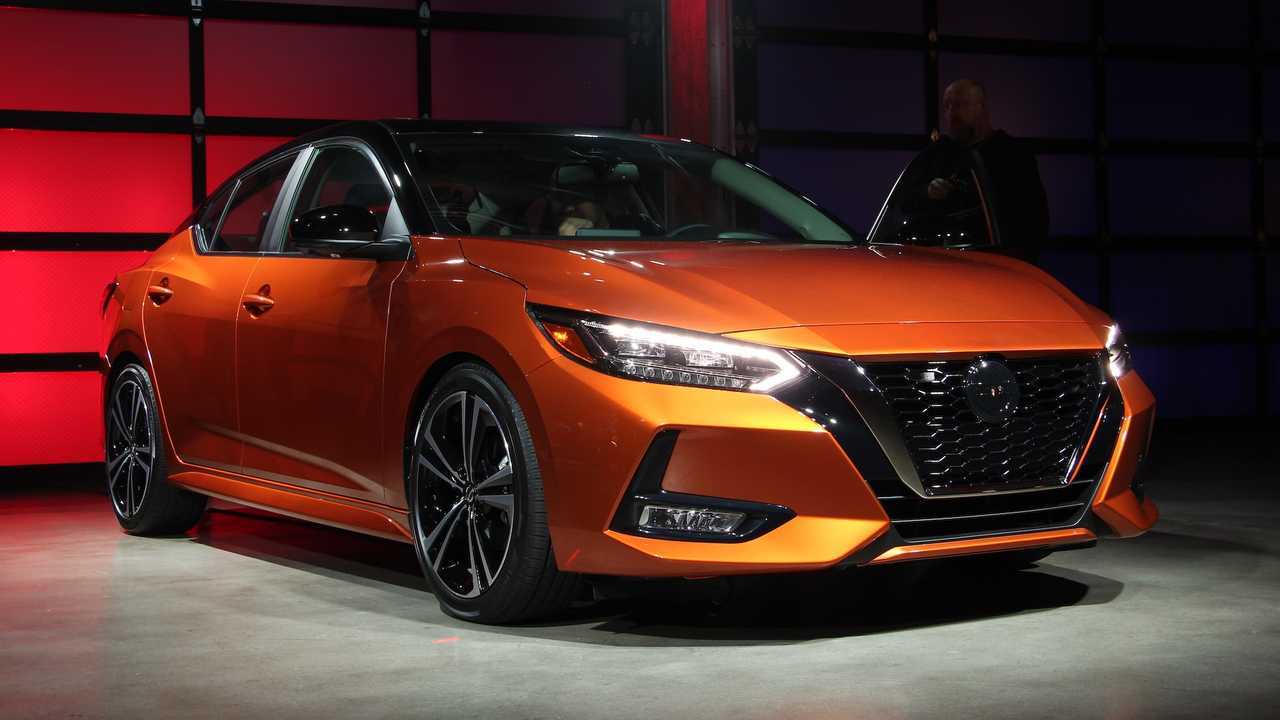
This competition drives Sentra prices downward, as sellers often need to discount their vehicles to stay competitive.
Furthermore, Nissan’s brand perception in the compact sedan category isn’t as strong as some of its competitors, affecting buyer demand. Potential buyers often prioritize brands with proven reliability and lower ownership costs, pushing Sentra prices down even more.
For flippers, the Nissan Sentra represents a risky proposition. The combination of repair concerns, weak market demand, and stiff competition typically results in slower sales and lower prices, making it difficult to recoup the initial investment and turn a profit.
Unless purchased at an exceptionally low price and with minimal needed repairs, flipping a Sentra can often lead to losses.
3. Chevrolet Cruze
The Chevrolet Cruze, once a popular compact sedan, has become notorious in the used car market for its steep depreciation and tendency to sell at a loss.
Despite its initial appeal as an affordable and stylish vehicle, the Cruze’s resale value suffers from a mix of reliability issues and weak market demand.
A major factor impacting the Cruze’s resale price is its history of mechanical problems. Many owners have reported issues such as turbocharger failures, transmission malfunctions—especially in early models—and electrical problems that can be costly to fix.
These recurring issues contribute to a negative reputation among used car buyers, which translates into lower offers and longer time on the market.
Additionally, the Cruze’s fuel economy, while competitive at launch, has been eclipsed by newer compact vehicles with more efficient powertrains and hybrid options. Buyers increasingly favor models that promise better mileage and lower emissions, putting additional pressure on the Cruze’s resale appeal.
Inside, the Cruze’s interior quality and design have been described as average at best, lacking the refinement and modern technology features found in rivals like the Honda Civic or Mazda3. This lack of standout features makes it less desirable for buyers shopping for both comfort and value, further driving down demand.
The compact sedan segment is highly competitive, and the Cruze struggles to keep pace with better-known and more trusted models. Brands with stronger reliability records and higher resale values overshadow it, making it harder for sellers to get fair prices on used Cruzes.
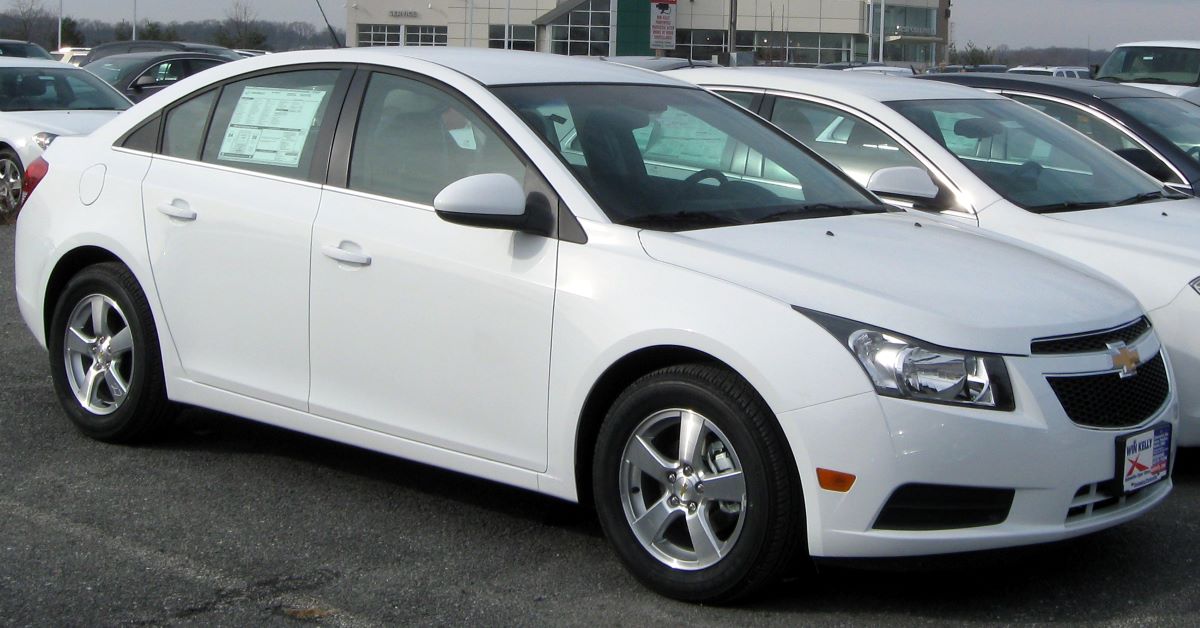
From a flipping perspective, the Cruze poses a significant risk. While prices on the used market might be initially attractive, the costs associated with repairing common issues and the slow turnover rate often erode potential profits. Sellers must often discount heavily to find buyers, resulting in financial losses rather than gains.
In conclusion, the Chevrolet Cruze’s mechanical shortcomings, fierce competition, and diminishing market appeal contribute to its frequent sales at a loss, making it a poor choice for flippers seeking reliable returns.
4. Chrysler 200
The Chrysler 200, a midsize sedan produced between 2011 and 2017, is a vehicle that often sells at a loss in the used car market. Despite its sleek styling and comfortable ride, the 200 struggles with depreciation and reliability issues that make it a poor candidate for flipping.
One of the primary factors behind the Chrysler 200’s poor resale value is its problematic history with powertrain reliability.
Early models, especially those equipped with the 2.4-liter four-cylinder and the 3.6-liter V6 engines, were plagued with issues such as engine stalling, rough shifting, and transmission failures.
The nine-speed automatic transmission introduced in later models is known for harsh shifting and premature wear, leading to costly repairs or replacements. These concerns make buyers hesitant and push resale prices downward.
Additionally, the Chrysler 200’s market demand has waned over the years, partly because of a shrinking midsize sedan market and the rise of SUVs and crossovers.
Buyers tend to favor models with better reliability reputations like the Toyota Camry or Honda Accord, leaving the 200 with fewer interested customers and longer time on the market.
Interior quality and features also contributed to the car’s struggle in the resale market. While the cabin offers a decent amount of comfort and an intuitive Uconnect infotainment system, materials quality and fit-and-finish issues were often criticized.
In a segment where buyers expect a high level of refinement, this lack of polish detracts from the vehicle’s appeal.

Flippers targeting the Chrysler 200 must account for potential expensive repairs and the difficulty in achieving a quick sale. Due to the car’s reputation, sellers often need to price it aggressively to attract buyers, which can result in a loss, especially if significant reconditioning is necessary.
In summary, the Chrysler 200’s combination of powertrain reliability concerns, dwindling demand, and stiff competition in the midsize sedan segment make it a vehicle that regularly sells below its purchase and repair costs, leading to financial losses for flippers.
5. Jeep Compass
The Jeep Compass, a subcompact SUV aimed at urban drivers looking for rugged styling, has struggled with depreciation and resale value, making it a vehicle that often sells at a loss in the used market.
Despite the popularity of SUVs, the Compass faces several challenges that diminish its appeal to resale buyers and flippers.
One of the biggest issues affecting the Jeep Compass’s resale value is its reliability record. Earlier models, particularly those built between 2011 and 2016, suffered from engine and transmission problems, including frequent rough shifting, hesitation, and premature mechanical failures. A
lthough improvements were made in later model years, the Compass’s early reputation continues to weigh heavily on buyer confidence, making it harder to command strong resale prices.
Additionally, the Compass is often criticized for its below-average interior quality. While the cabin styling aligns with Jeep’s rugged image, the materials used tend to feel cheap compared to competitors like the Honda HR-V or Mazda CX-30.
This lack of refinement can turn off buyers who prioritize comfort and interior aesthetics, reducing demand on the used-car lot.
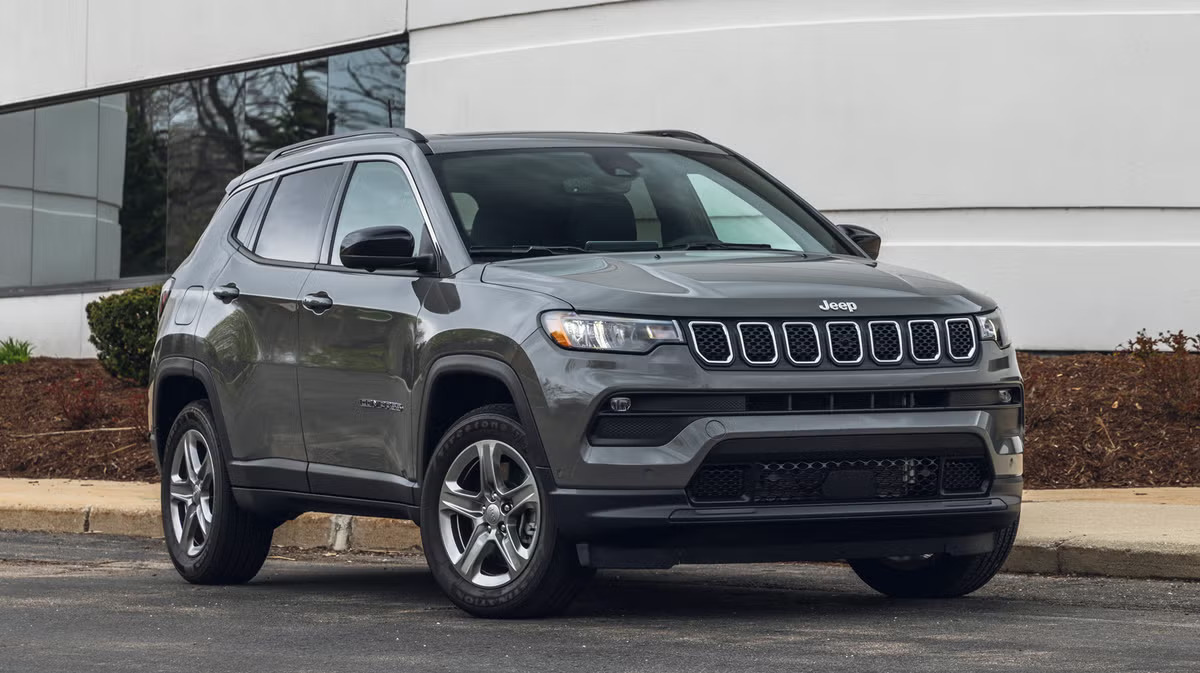
Fuel economy for the Compass is also less competitive than many rivals, further detracting from its overall value proposition. With more fuel-efficient and reliable options available in the subcompact SUV segment, buyers often choose alternatives, forcing sellers to lower prices.
The market for subcompact SUVs is crowded and competitive, with strong contenders such as the Toyota C-HR, Hyundai Kona, and Subaru Crosstrek overshadowing the Compass. This fierce competition compresses resale values for less reliable models.
For flippers, the Jeep Compass poses a significant risk. The combination of questionable reliability, interior quality concerns, and intense segment competition means that the vehicle frequently sells below the purchase price plus any repair or reconditioning costs.
Without a steep discount on acquisition or minimal repair needs, flipping a Compass can lead to financial losses.
In summary, while the Jeep Compass offers distinctive Jeep styling and off-road branding, its ongoing reliability issues and market challenges result in poor resale value, making it a vehicle to avoid for profitable flipping.
Flipping vehicles for profit can be a rewarding venture, but success depends heavily on choosing the right cars. As explored, some vehicles consistently offer strong resale value and buyer demand, making them ideal candidates for flipping.
Models like the Toyota Tacoma, Subaru WRX, Honda Civic, Porsche Boxster, and Ford F-150 combine reliability, performance, and broad appeal, allowing flippers to secure good returns with relatively lower risk.
Their durable engineering, strong brand reputation, and versatility attract buyers willing to pay premium prices, often leading to quick sales and profitable flips.
On the other hand, certain vehicles rarely appreciate or even retain value, frequently selling at a loss. The Fiat 500, Nissan Sentra, Chevrolet Cruze, Chrysler 200, and Jeep Compass highlight common pitfalls for flippers.
These cars suffer from reliability problems, costly repairs, weak brand perception, and stiff market competition.
Their limited desirability in the used market means sellers often must heavily discount prices to attract buyers, eroding potential profits and sometimes resulting in outright financial losses.
Understanding the key factors behind these outcomes is crucial for anyone interested in vehicle flipping. Reliability, maintenance costs, brand reputation, segment popularity, and buyer demand all play significant roles in determining a vehicle’s resale potential.
Investing in vehicles with proven track records, strong aftermarket demand, and manageable ownership costs increases the likelihood of successful flips. Conversely, avoiding cars known for mechanical issues, poor market appeal, and rapid depreciation can save both time and money.
In summary, the world of vehicle flipping requires careful research and informed decision-making. By focusing on vehicles that retain value and steering clear of those that consistently sell at a loss, flippers can maximize their chances of profitable transactions.
Whether you’re a seasoned professional or a casual enthusiast, paying close attention to these factors will help you build a more successful and financially rewarding vehicle flipping strategy.
Also Read: 5 Cars That Throw Random Check Engine Codes And 5 That Are Code-Clean

